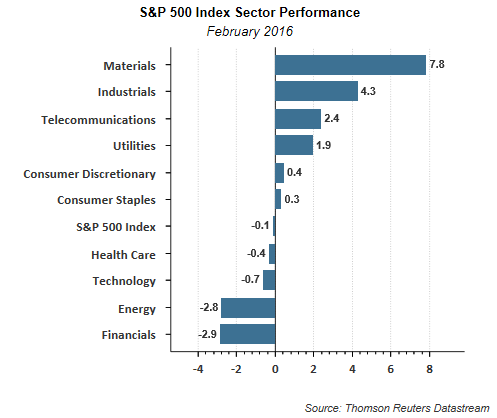The blog, The Fat Pitch, published a great article last week highlighting the issues currently impacting investors, Current Investor Concerns. Following is an excerpt from the article:
The US economy is stuck in one of the most sluggish recoveries in history. Growth is just 2% and it will remain slow as consumers and companies work off vast amounts of debt. The country has gotten off track and neither political party has any answers.
These sentiments were written in Time in 1992, the year one of the biggest growth eras in American history began. But these same words are often used to describe the current economic environment.
Not helping matters is the Fed, which appears to have boxed itself into a corner. It's policies have been ineffectual and have created record budget deficits. The consensus is that the Fed has overstayed its course. A new way of handling monetary policy is needed.
The year these words were written is 1982, when America was on the threshold of an 18 year bull market. But central bankers and their policies were as hated then as they are today (from the NYT).
As the author of the article notes in the conclusion, "The story in the stock market is almost always the same: the fundamentals of companies and the economy are weak, but central banks, corporate buybacks and earnings manipulation are keeping share prices artificially afloat."
The entire article is a worthwhile read for investors.









